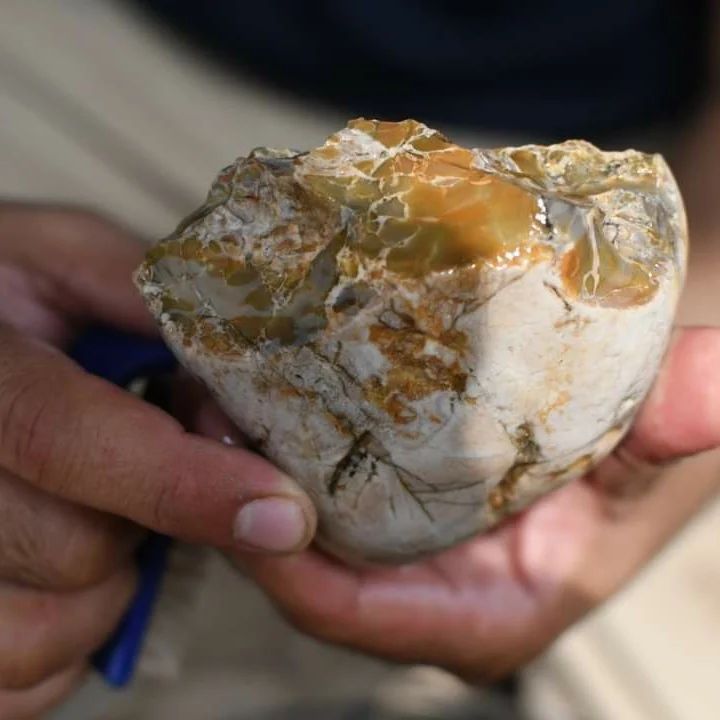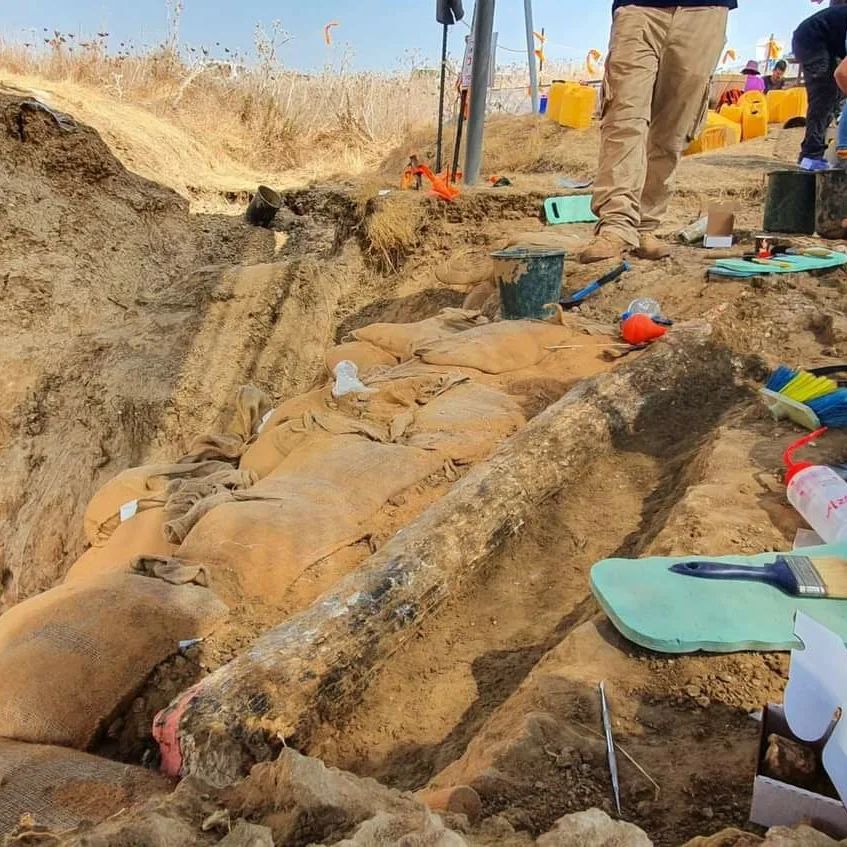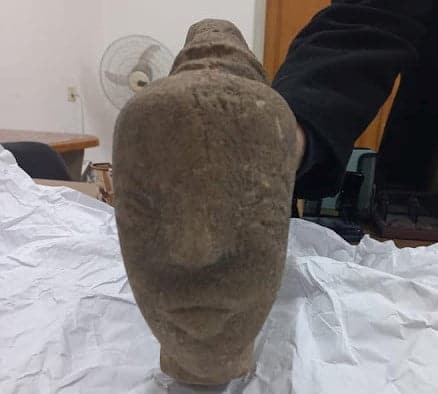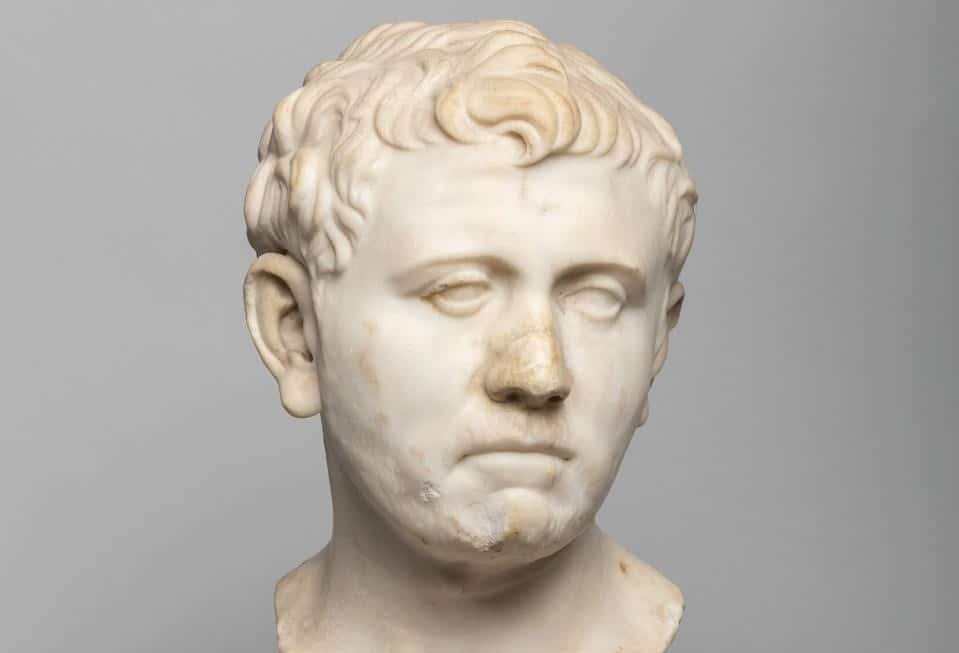Biologist Dr Eitan Mor said he went to Kibbutz Revadim out of pure curiosity after reading about an ancient species of elephant and while there noticed something.
“To my surprise, I spotted something that looked like a large animal bone peeping out of the ground. When I looked closer, I realized that it was the real thing,” he said.
After his discovery, Dr Mor contacted the Israel Antiquities Authority (IAA), who immediately went down to the site and confirmed what the biologist had found.
Director of the excavation Avi Levy mentioned that they had previously worked in the area but never came across anything like this.
“From our previous archaeological excavations at Revadim, we knew that the site was settled in the Late Lower Palaeolithic period, as stone and flint tools, as well as animal bone remains (including elephants) were retrieved,” he said.
“But finding this half-a-million-year-old complete elephant tusk in such good condition is something else! This is the largest complete fossil tusk ever found at a prehistoric site in Israel or the Near East.”

“The tusk belongs to the straight-tusked elephant species, known from only a few sites.
“The species apparently appeared in our region about 800,000 years ago, and by 400,000 years ago it became extinct. It was a gigantic elephant, larger than the present-day African elephant.”
Along with the elephant tusk, experts found flint artefacts, tools, and axes as well as other parts of the elephant that included its skull, ribs, and teeth.
These finds raised an interesting question for archaeologists.
“Is the tusk the remains of a hunted elephant, or was it collected by the local prehistoric inhabitants? Did the tusk have social or spiritual significance? ” said Dr Ianir Milevski.
The elephant tusk is currently undergoing preservation as experts believe that it might disintegrate when exposed to air and sun.
Once this process has been completed it will be sent to the Israel Antiquities Authority Conservation Laboratory for analysis and conservation, then later displayed at the IAA exhibition hall in Jerusalem.






